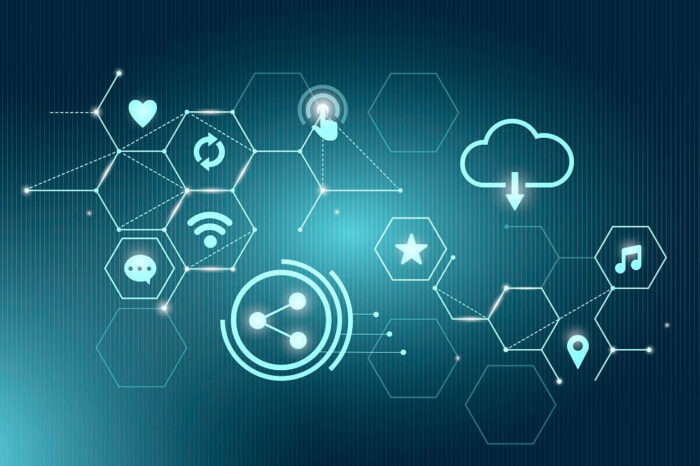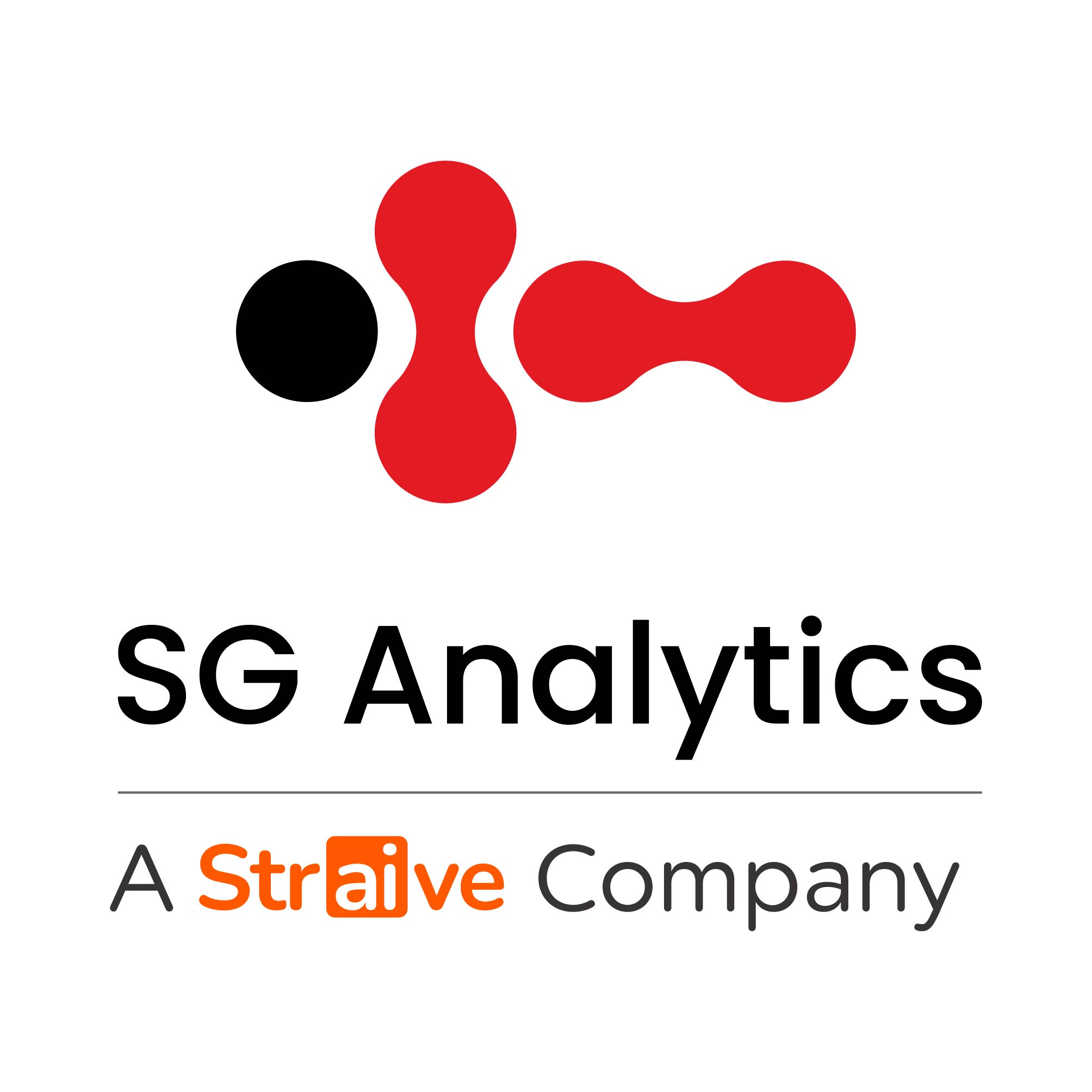The advent of the Novel Coronavirus has disrupted the technology space in unprecedented ways and has accelerated digital transformation exponentially. Here are some phenomenal tech-trends to look forward to in the coming year, 2021.
5G will soar in 2021
The wait for 5G will finally be over in 2021. The early arrival of 5G is one of the positive impacts of the COVID-19 crisis. The demand for a fast and reliable connection has increased abruptly in recent times as companies had to adopt work from home at scale and for an indefinite period. As video conferencing and connected devices are becoming the new normal, the telecommunication industry has been well aware of the growing necessity for 5G.
Also, 5G will be very important for the further evolution of IoT. Nearly 51% of companies that are using IoT have been able to gain real-time insights into customer behaviours, preferences, and needs. Therefore, in all likelihood, the value of IoT will go through the roof in 2021 (Ishir).
The demand for Ethical AI will continue to increase
One of the most disruptive technologies of the digital age, artificial intelligence, is certainly growing exponentially with the passage of time. However, the notion of cultivating consciousness in machines still makes people uncomfortable. For instance, some of the most-widely used AI in current times are in the form of virtual assistants like Alexa and Siri. These technologies have led to the development of another disruptive technology – Natural Language Processing (NLP). AI also plays a major role in big data analytics, automated facial recognition, and faster decision making.
So, while AI algorithms are trained to produce human-like results, what is the definition of human-like? If the answer is a machine thinking like a human, then the actions include all the myriad considerations that influence human decisions. When a human can make errors and biased decisions, then how can a machine designed to mimic human-like decisions be trusted?
To get a clear picture, consider a system built to measure how happy a person is, based on their facial characteristics. For this, the system needs to be trained in numerous demographics like race, gender, age, etc. Let’s say, the system makes a decision based on the input. Yet, how can the system be taught the meaning of true happiness as it varies from one individual to another? As any system is built based on the opinions or choices of the researchers involved, in all probability, the AI system will be as biased as its inventor. This also means creating an entirely neutral system is practically unachievable. Consequently, the increase in need for ethical AI.
Machine ethics is the process of building AI machines with moral behaviours, so that AI systems respond to any situation in an ethical manner. For example, a robot behaving in a way that it would fit into the ethical framework of the society it is operating in.
Customer Data Platforms (CDP)
Customer Data Platform or CDP is a repository of software programs that generate a persistent, integrated customer database and provides access to other systems. The data is collected from multiple sources, cleansed, and collated to create a single customer profile. After this, the structured data is provided to other marketing systems. Over the last few months, there has been an unexpected upsurge in the use of customer data platforms (CDP), as they enable businesses in operating efficiently.
According to a recent analysis, almost $3 trillion is getting wasted due to bad data (Ishir). Hence, companies are striving to find a suitable solution to this issue. CDPs aims to help organizations address this pressing issue strategically and tactically.
Cybersecurity Mesh
Cybersecurity mesh helps in accessing any digital security asset, regardless of its location. This technology actually helps businesses raise a security wall around the individual rather than the whole organization. The sudden upsurge in the adoption of cloud technology and the increase in the remote workforce due to the COVID-19 outbreak has created serious concerns about data security among corporates.
In technical terms, cybersecurity mesh is a more comprehensive concept that involves structuring and implementation of an IT security infrastructure that does not concentrate on constructing a single ‘perimeter’ around all nodes or devices of an IT network, rather, it builds a smaller, separate perimeter around each point of access. A cybersecurity mesh integrates security in a distributed, horizontal approach across a network. Unlike the top-bottom traditional approach, the security of every access point can be ensured and effectively managed.
Internet of Behaviours (IoB)
The Internet of Behaviours or IoB is an outcome of IoT. Interconnected devices contribute majorly to the exponential growth of data. Gartner posits that Internet of Behaviours will become increasingly popular and that humankind will have to address it as a society. Internet of Behaviours will be a prevalent trend soon.
Truth be told, data has already started influencing our activities routinely. For instance, today, when digital shopping is more frequent than physical store shopping, most customers go by the review and rating of the product, rather than just the description and look of the product. Further, in the business landscape, organizations are quantifying the effectiveness of their campaigns (both non-profit as well as commercial) using data. Healthcare providers can measure patient activation and engagement with the help of data.
Hybrid Cloud
Hybrid cloud is the combination of private cloud services with one or more public cloud services. Hybrid cloud services are gaining increased attention as they provide organizations more convenience and control over their confidential data. Also, hybrid cloud enables businesses to strike a balance for their unique infrastructural needs associated with the cloud.
In fact, several leading public cloud providers like AWS (Amazon Web Services), Azure, IBM, Google Cloud, Oracle, etc, have begun investing in the hybrid cloud model. Hybrid cloud focuses on addressing various customer challenges, including exponential data growth, data privacy, security, and compliance. As per the numbers provided by Mordor intelligence, the market value of the hybrid cloud is estimated to reach $128.01 billion by 2025.
Hyper-automation
Hyper-automation refers to the application of emergent technologies like AI, machine learning (ML), robotic process automation (RPA), and many other technologies to automate processes and tasks that were previously performed by humans.
By combining AI tools with RPA, hyper-automation enables businesses to overcome the limitations of RPA and reduce their dependency on this technology.
Distributed Cloud
As the name suggests, a distributed cloud has a geographically dispersed infrastructure and runs services at the network edge. The distributed cloud model is derived from other clouds, namely public cloud, hybrid cloud, and edge computing. In the distributed cloud computing model, the computation workload is distributed across multiple, interconnected servers. A well-known example of a distributed cloud is CDN – Content Delivery Network.
Cloud providers are currently focusing more on the distributed cloud model, as it helps in reducing latency and enables them to provide better performance. According to Gartner’s predictions, by 2025, most cloud service providers will offer numerous distributed cloud services.
Anywhere operations
Anywhere operations is an IT operating model that is designed to support customers anywhere and everywhere. It also enables firms to deploy services across a distributed infrastructure. According to stats provided by Forrester Research, 60% of organizations are still using Server 2008, while 43% are still running their applications on Windows 7 and 52% on Windows XP. The COVID-19 crisis, in a bitter way, has made firms realize the importance and need for operational resiliency.
Further, the ‘anywhere operations’ operating model provides unique value-adding experiences across core areas like productivity & collaboration, secured remote access, automation, cloud and edge infrastructure, and quantification of digital experience. According to estimates, by 2023, 40% of organizations will use the anywhere operations model to optimize experiences for both customers and employees (Gartner).
Quantum computing
Quantum computing uses quantum phenomena – superposition and entanglement for computation. While current computers work on bits and store information in their binary states, 0 and 1, quantum computing uses quantum bits or qubits to compute. As businesses are beginning to realize the power of quantum computing, there is a high possibility that several industries will adopt the application of quantum computing in 2021.

